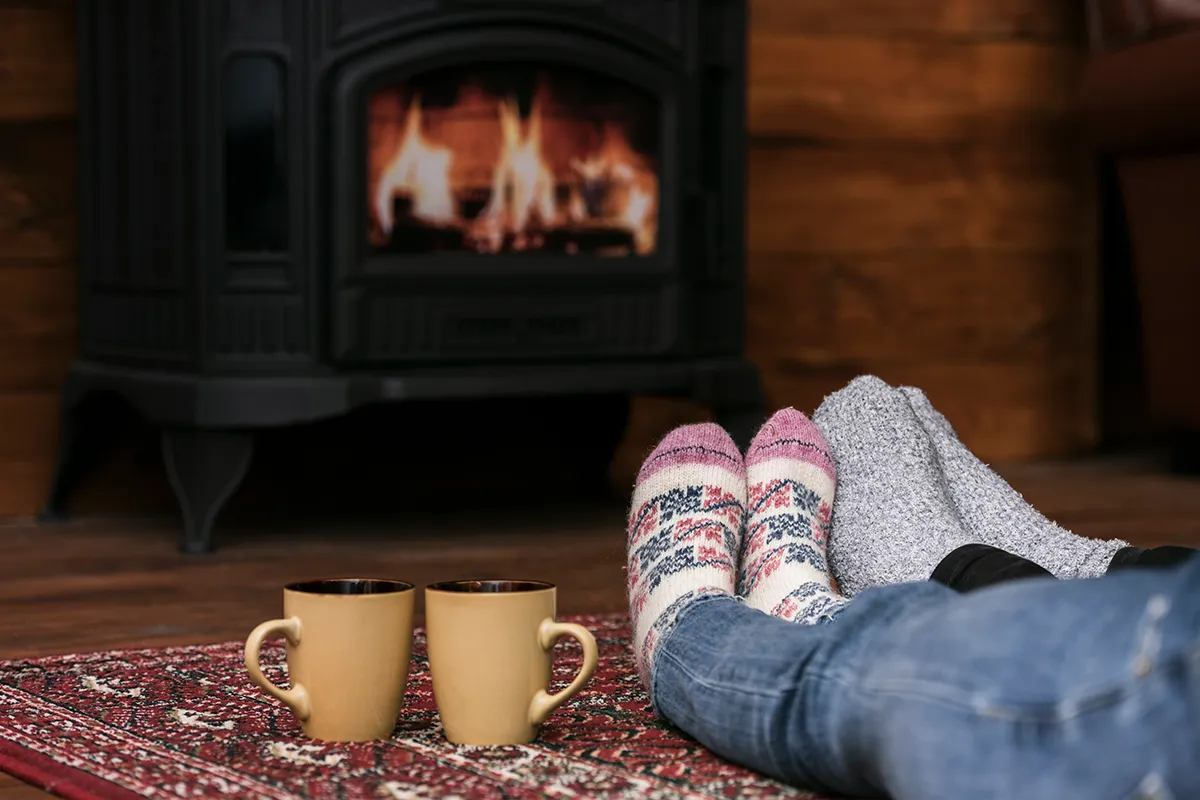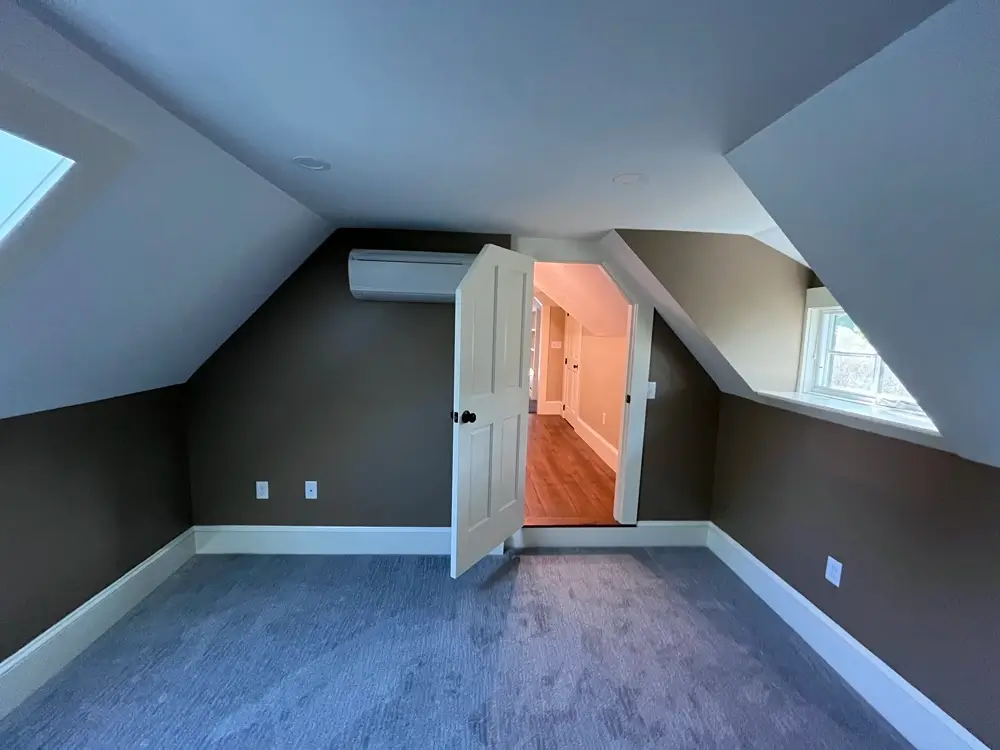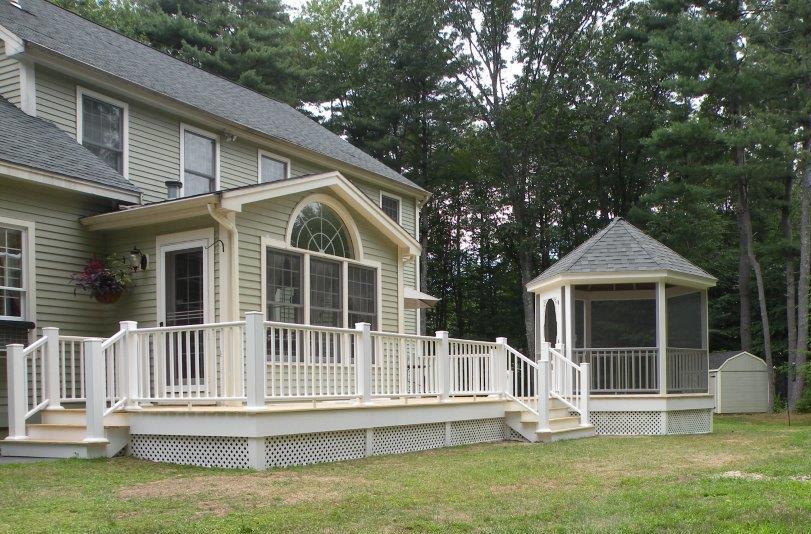As the temperature drops and winter approaches, preparing your home for the cold becomes a top priority. Proper winterization not only ensures comfort but also protects your home from potential damage caused by harsh weather conditions. At Diamond Hill Builders, we understand the importance of a well-prepared home. Here, we’ll share essential tips for checking and repairing insulation, weatherproofing windows and doors, and more to help you keep your home warm and safe during the winter months.
Checking and Repairing Insulation
Proper insulation is crucial for maintaining a warm and energy-efficient home during the winter. Here’s how to ensure your insulation is up to par:
- Inspect Existing Insulation: Check the insulation in your attic, walls, and crawl spaces. Look for signs of damage, such as mold, moisture, or pest infestations. If the insulation appears compressed or worn, it may need to be replaced.
- Add Insulation Where Needed: If your home lacks sufficient insulation, consider adding more. The attic is often the most cost-effective place to add insulation, as heat rises and escapes through the roof. Use materials like fiberglass batts, spray foam, or blown-in cellulose for effective coverage.
- Seal Gaps and Cracks: Inspect areas around pipes, ducts, and electrical outlets for gaps or cracks that could allow cold air to enter. Use caulk or expanding foam to seal these areas and improve your home’s overall insulation.
- Check Ventilation: Proper ventilation in the attic is essential to prevent moisture buildup, which can damage insulation and lead to mold growth. Ensure vents are clear of obstructions and functioning correctly.
- Professional Assessment: Consider hiring a professional to conduct an energy audit. They can identify areas where insulation is lacking and recommend improvements to enhance your home’s energy efficiency.
By ensuring your insulation is in good condition, you can keep your home warmer and reduce energy costs throughout the winter.
Weatherproofing Windows and Doors
Windows and doors are common sources of drafts and heat loss. Weatherproofing these areas can significantly improve your home’s comfort and energy efficiency:
- Inspect Seals and Caulking: Check the seals around windows and doors for cracks or gaps. Replace any damaged weatherstripping and reapply caulk where necessary to prevent drafts.
- Install Storm Windows and Doors: Storm windows and doors add an extra layer of protection against the cold. They help insulate your home by reducing air leakage and providing an additional barrier to the elements.
- Use Window Film: Applying window film can help reduce heat loss by reflecting heat back into the room. It’s a cost-effective solution that can be easily installed and removed as needed.
- Upgrade to Energy-Efficient Windows: If your windows are old and inefficient, consider upgrading to double- or triple-pane windows with low-E coatings. These windows are designed to reduce heat transfer and improve energy efficiency.
- Door Sweeps and Thresholds: Install door sweeps on exterior doors to block drafts at the bottom. Ensure thresholds are in good condition and replace them if they are worn or damaged.
Properly weatherproofing your windows and doors can make a significant difference in maintaining a warm and cozy home during the winter months.
Heating System Maintenance
A well-maintained heating system is essential for ensuring your home stays warm and safe during the winter. Here are some key maintenance tasks to consider:
- Schedule a Professional Inspection: Have a licensed HVAC technician inspect and service your heating system before the cold weather sets in. They can identify and fix any issues, ensuring your system operates efficiently.
- Replace Filters: Dirty filters can reduce the efficiency of your heating system and compromise indoor air quality. Check and replace filters regularly, typically every 1-3 months, depending on the type of filter and usage.
- Check Thermostat Settings: Ensure your thermostat is set to a comfortable temperature and programmed for energy efficiency. Consider upgrading to a programmable or smart thermostat for better control and convenience.
- Inspect Ductwork: Leaky or damaged ductwork can lead to significant heat loss. Have your ducts inspected and sealed if necessary to improve efficiency and distribution of warm air.
- Clean Vents and Registers: Ensure that vents and registers are clean and unobstructed to allow for proper airflow. Regularly dust and vacuum these areas to maintain good air circulation.
By keeping your heating system in top condition, you can ensure consistent warmth and reduce the risk of unexpected breakdowns during the winter months.
Protecting Pipes from Freezing
Frozen pipes can lead to significant damage and costly repairs. Here are steps to protect your pipes from freezing:
- Insulate Pipes: Use pipe insulation on exposed pipes in unheated areas such as basements, attics, and garages. Foam pipe insulation is easy to install and provides effective protection against freezing temperatures.
- Seal Gaps and Cracks: Seal any gaps or cracks in walls, floors, and ceilings near pipes to prevent cold air from reaching them. Use caulk or expanding foam to seal these areas.
- Keep Faucets Dripping: During extreme cold, let faucets drip slightly to keep water moving through the pipes. This can help prevent freezing and relieve pressure buildup in the event that pipes do freeze.
- Open Cabinet Doors: Open cabinet doors under sinks to allow warm air to circulate around the pipes. This is particularly important for sinks located on exterior walls.
- Disconnect and Drain Outdoor Hoses: Disconnect garden hoses and drain outdoor faucets to prevent water from freezing in the lines. Consider installing frost-proof outdoor faucets for added protection.
Taking these precautions can help prevent frozen pipes and the associated damage, ensuring a safe and comfortable winter for your home.
Preparing Outdoor Areas for Winter
Winterizing your outdoor areas is essential for protecting your property and ensuring everything is ready for the cold months. Here are some tips:
- Protect Outdoor Furniture: Clean and store outdoor furniture in a dry place to prevent damage from snow and ice. If storage is not an option, use weatherproof covers to protect furniture from the elements.
- Winterize Irrigation Systems: Drain and shut off irrigation systems to prevent freezing and damage. Blow out any remaining water in the lines using compressed air.
- Inspect and Repair Walkways: Check walkways, driveways, and steps for cracks or damage. Repairing these before winter can prevent further deterioration and reduce the risk of slips and falls.
- Service Snow Removal Equipment: Ensure your snow blower, shovels, and other snow removal equipment are in good working condition. Stock up on ice melt or sand for added traction on icy surfaces.
- Trim Trees and Shrubs: Trim overhanging branches that could break under the weight of snow and ice, potentially causing damage to your home or property.
By preparing your outdoor areas, you can protect your property and ensure a smoother transition into the winter months.
Ensuring a Cozy and Secure Home for Winter
Properly winterizing your home is essential for maintaining comfort, safety, and efficiency during the colder months. From checking and repairing insulation to preparing outdoor areas, these steps will help you safeguard your home against the harsh winter weather. At Diamond Hill Builders, we’re here to assist you with all your winterization needs. Contact us today to learn how we can help you prepare your home for the cold and ensure a warm, cozy, and secure winter season.





